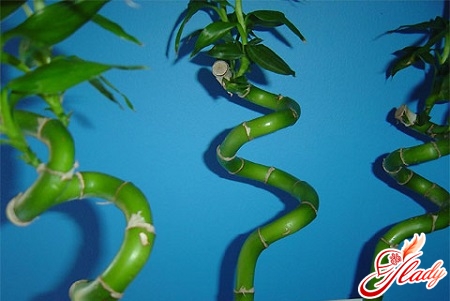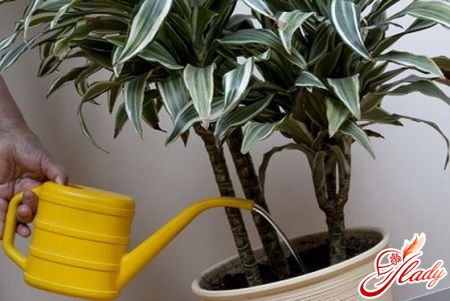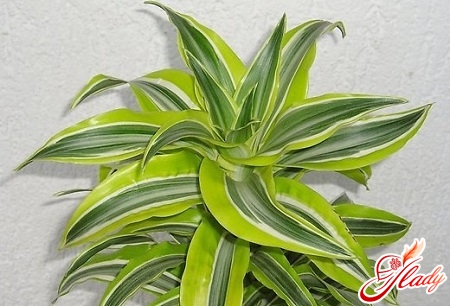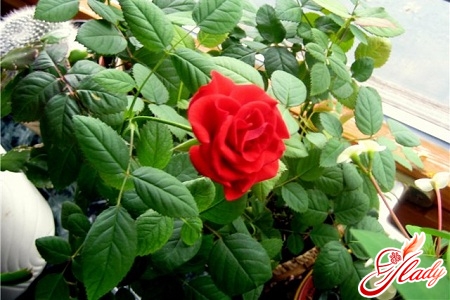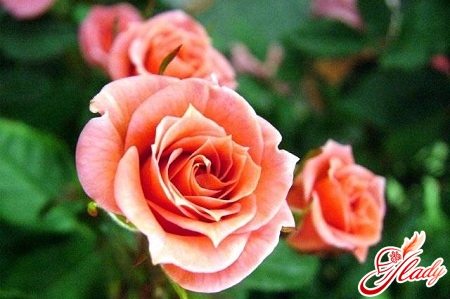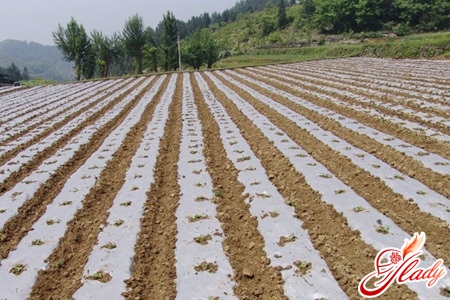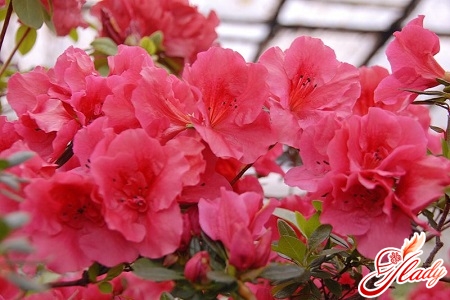 The Japanese have a belief that the azalea flowercan help to save the family and overcome difficulties. It is usually given before an unexpected separation as a symbol of loyalty and devotion. But it is quite difficult to keep this plant at home - the wayward beauty does not forgive mistakes and requires a lot of attention to her person. However, if you follow all its requirements and organize the care of the azalea correctly, then the reward will be worthy: abundant flowering, behind which even the leaves are difficult to recognize. So that you do not have to look for an approach to this flower for too long, we decided to tell you how to care for an azalea and avoid fatal mistakes.
The Japanese have a belief that the azalea flowercan help to save the family and overcome difficulties. It is usually given before an unexpected separation as a symbol of loyalty and devotion. But it is quite difficult to keep this plant at home - the wayward beauty does not forgive mistakes and requires a lot of attention to her person. However, if you follow all its requirements and organize the care of the azalea correctly, then the reward will be worthy: abundant flowering, behind which even the leaves are difficult to recognize. So that you do not have to look for an approach to this flower for too long, we decided to tell you how to care for an azalea and avoid fatal mistakes.
The main types of azaleas
There are three groups of azalea flowers:
- Japanese azalea
A decoration for any garden.This plant is as beloved in Japan as the sakura. Although most often azalea is grown as a garden shrub, they can also be found at home, where they are bred for the art of bonsai. They bloom with white, pink or lilac flowers.
- Indian azalea
A common type of indoor flowers. In fact, it is a descendant of the Japanese azalea and is a hybrid of two species. It is the one that can be seen on our windowsills.
- North American azalea
There are several dozen species.It is a garden shrub with flowers of various colors: from white to various shades of pink and red. This azalea is a small bush, the height of which can reach 50 cm. The leaves are small, bright green, quite leathery. The flower of the azalea can be both double and corrugated and differ in shape, color and texture. The duration of flowering is up to several weeks, which allows this plant to occupy a leading position among other decorative flowers.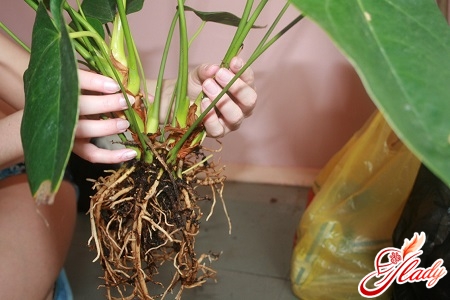
Features of azalea care
The azalea flower does not tolerate dry and warm air.indoors, and the winter period in our apartments is a serious test for the plant. Often, it is the failure to comply with the thermal regime that causes the death of the flower. You can observe the following picture: having bought an azalea in the winter and brought it into the house, literally a few days later you discover that the plant is shedding all its leaves and buds, literally dying before your eyes. To avoid such a situation, it is necessary to provide the azalea with a temperature regime in the range from 10 to 16 degrees Celsius immediately after purchase and be sure to take care of high air humidity. To maintain the necessary air humidity, you can spray the plant from a spray bottle. It is imperative to choose a fine sprayer and try to ensure that water does not get on the buds, otherwise the azalea flowers will be covered with unsightly spots. You can place the pot with the plant on a tray filled with pebbles and water. The main thing is to ensure that the bottom of the pot does not touch the moisture, otherwise the root system may rot. Azalea likes moist soil, but this is not a reason to make a swamp in a pot. It is better to use rain or melt water for watering. As a last resort, if you use regular tap water, then before watering you need to let it settle or boil and cool it. Sometimes you can acidify the water, this will benefit the plant. At the end of the watering procedure, when the soil is already sufficiently moistened, you can additionally water the azalea flowers with a weak solution of lemon juice (approximately one tablespoon of juice per liter of water).
Correct lighting
Azalea needs bright light at homelighting, but do not expose the plant to direct sunlight. If you notice that the azalea has begun to shed buds and its leaves are drying and shriveling, change its location, perhaps this is due to excess sun. Azalea feels great on western and northern windowsills. On the southern side, the plant may have leaf burn, when their color becomes red or brownish-brown and the tips begin to dry. In winter, the azalea may experience a lack of lighting. You can provide additional lighting with fluorescent lamps or leave the flower in a dormant state. In order for the azalea to produce lush flowers in winter, it is recommended to keep it at a temperature of 15-18 degrees in summer. The plant does not tolerate heat over 24 degrees and stuffiness very well. From October to November, the flower buds laid in the summer ripen. It is advisable to keep the plant at low temperatures (6 to 8 degrees Celsius) and reduce watering to moderate during this period. As soon as the flower buds swell, the temperature can be gradually raised to 12-15 degrees and do not forget about maintaining the necessary air humidity. Usually, after three weeks, the scales on the buds fall off and buds appear. Do not forget to regularly ventilate the room where the azalea is located, but do not allow drafts. If the care of the azalea is organized correctly, then you will be able to enjoy its flowers from December to May. When buying an azalea at this time, choose a plant with a small number of blossoming flowers and an abundance of buds. In order for it to bloom for a long time, if there are new unopened buds, move it to a cooler place.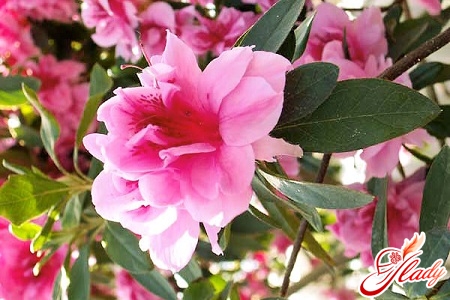
How to care for azalea after flowering
After flowering, the plant begins to formnew shoots. To get large flowers on them and at the same time to form a bush, it is necessary to cut off faded branches. The most shoots are released by a plant aged from 2 to 4 years. If your goal is to get as many buds as possible in the future, the tops of the shoots should be pinched and the buds removed. Usually the procedure is carried out for the first time on the 40th day after the end of flowering. It is during this period that the fourth pair of young leaves begins to grow. Remember that late pinching can delay the flowering of the azalea. After flowering, the plant can be transplanted. For planting, choose shallow pots and acidic soil. If the plant is no longer young and the root system has grown too much, it can be trimmed a little. After transplanting, it is advisable to place the plant in a warm place and shade it.
Reproduction of azalea
Reproduction of azaleas is only possible for very fewpurposeful people, and this is quite a troublesome business. Sometimes it is easier to buy another adult and flowering plant than to try to propagate it yourself. There are two ways to propagate azalea: cuttings and seeds. Cuttings For this method, you will need already woody shoots. Only healthy cuttings from 4 to 6 cm long are prepared for harvesting. Important: for propagation, cuttings can be prepared only once a year from one plant. First of all, remove the lower leaves from the cuttings and, for convenience, tie the cuttings into one bunch of 10 - 20 pieces. Place the prepared bundles in a heteroauxin solution prepared at the rate of 2 tablets per 1 liter of water. Place only the cut ends in water and leave them for 6 hours. After such preparation, plant the cuttings in prepared boxes filled with a mixture of leaf soil. Do not forget about drainage: be sure to pour a layer of gravel and sand on the bottom of the box. Usually, in such conditions, azaleas readily take root and the root system develops very quickly. Boxes with cuttings must be regularly ventilated and shaded from direct sunlight. The air temperature for plant development should be within 25-30 degrees, air humidity - 80%. In the fall, first-year azaleas must be transferred to a room with a lower air temperature, and as soon as daylight hours begin to increase again, gradually increase the temperature. In May, the flower can be transplanted into soil with a layer thickness of at least 8 cm. At the same time, you can begin fertilizing the azalea with mineral fertilizers. Reproduction by seeds At home, it is difficult to do, because the seeds practically do not set. Azalea seeds are very small, sowing is carried out almost on the surface of the earth, and sunlight is needed for germination. Moreover, sowing seeds does not guarantee that the sprouted seedlings will have the same properties as the mother plant.




